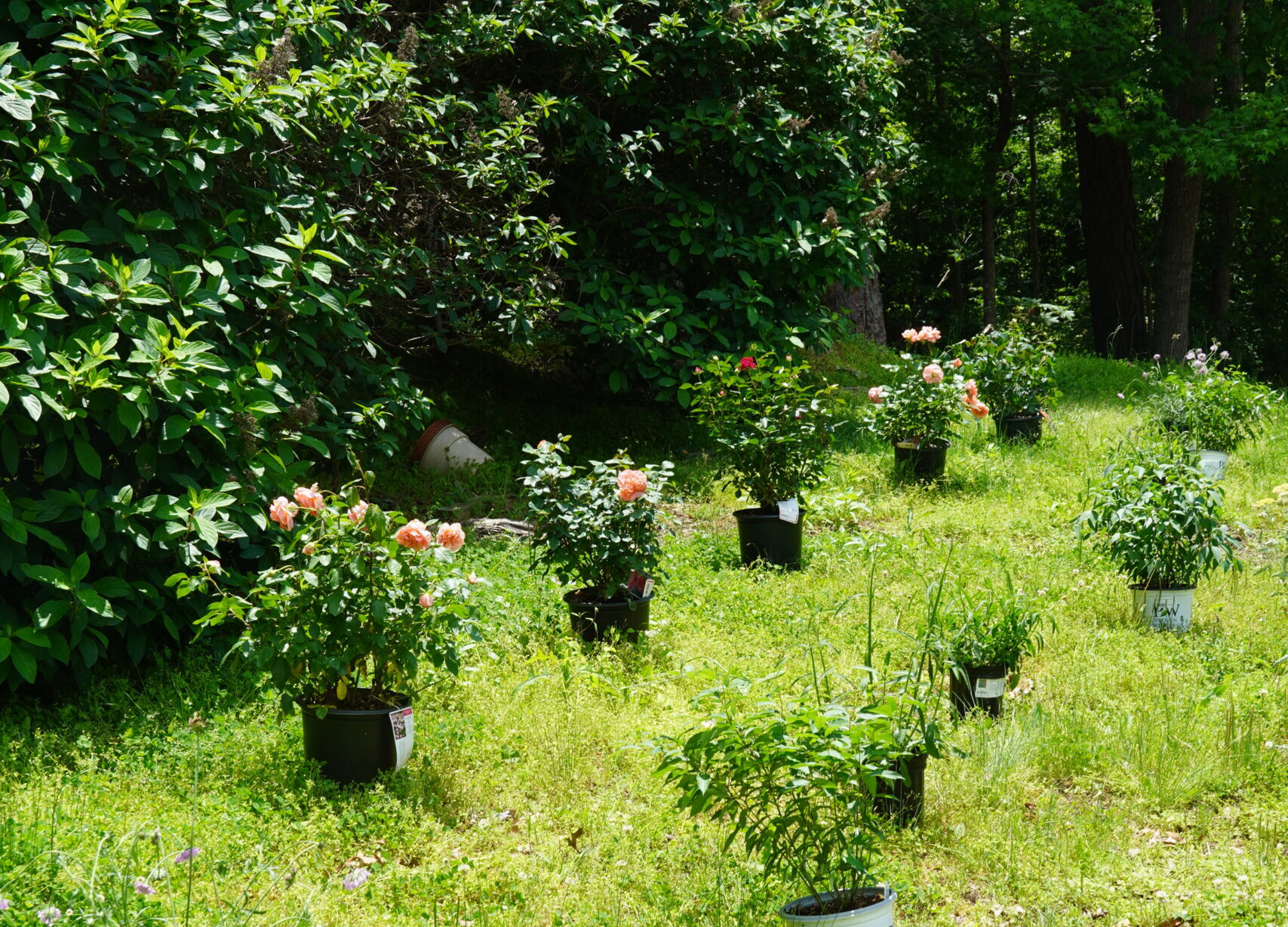
Building a Garden in 5 Steps
Gardening is a creative activity meant to enhance outdoor spaces and nurture the environment. There are no rules for garden design; they can be as simple as a meadow of scattered wildflowers or as complex as a formal French garden. As long as the plants flourish, anything goes. Novice gardeners may be intimidated by the planning process but we’re here to lend our best advice. We hope our tips are applicable to all kinds of gardening styles and give everyone the confidence to turn an empty space into a flourishing landscape.
1. Evaluate your space
Every yard is different. Dimensions of the space, lighting conditions, and soil quality must be considered carefully during the planning stage. Try to get creative when choosing space for a new garden bed. Rectangular beds along the front foundation of a house are most common, but any space can become a new garden bed. Accent your mailbox with a surrounding perennial garden. Carve out a circular garden bed in the middle of your turf to create an oasis for pollinators and birds. Draw attention to the outskirts of the yard with colorful border plantings. If you already have the plants you’ll be using, it’s helpful to set them in their intended spots to get an idea for the final look.
Even gardeners with limited space can plan for a full and lush garden. Raised beds can turn unusable spaces into productive vegetable and flower beds; they’re also a great choice for gardeners with particularly poor soil. Apartment balconies, patios, and steps can become abundant container gardens. Utilize vertical space with climbing plants on supports and trellises. With a bit of creativity, any space can become a garden.
Once you’ve chosen a space, take a few days to monitor how many hours of sunlight the area receives. We always recommend performing a soil test to understand what nutrients your garden lacks. Take note of other factors like soil drainage and wind exposure.
2. Prepare the area
Unless your yard has naturally nutrient-dense soil, you’ll have to amend the soil to prepare for planting. If the new garden bed is replacing an area of turf, there are several methods to efficiently remove the existing grass. Smother the area with dark tarps or a layer of cardboard and leave it alone for several weeks. Once the grass is dead, apply a thick layer of organic compost and work it into the top foot of soil.
For a more ‘hands off’ method, spread several layers of newspaper over the area. Avoid using slick full-color pages and only use pages with black ink, which is non-toxic and won’t affect soil quality. On top of the newspaper, spread three to six inches of rich compost. It may take up to a year to see full results from this method. Once the grass has broken down, till the top foot of soil.
Careful planning in this step saves time and money later. Trees, shrubs, and perennials planted in nutrient dense soil are more likely to thrive and come back stronger year after year.
3. Choose evergreen trees and shrubs
Perennial gardens provide dazzling shows of color for three seasons, but gardens that include evergreen plants persist all year long. Plants with a year-round consistent appearance are often called foundation shrubs because they provide a green backdrop for shorter species planted in front. Usually planted along the foundation of a home, these shrubs withstand winter weather to add curb appeal all year.
Boxwoods, hollies, yews, and ligustrum are all classic choices for evergreen foundation shrubs. They’re sturdy and dependable. Evergreen shrubs that bloom like camellias, azaleas, and abelias offer seasonal blooms for a boost of color.
Trees create focal points within garden beds. Just like evergreen shrubs, trees that keep their foliage all year act as a grounding element within the garden bed that anchors all the surrounding plants with a consistent look. One single tree at the center of the garden bed acts as a specimen plant whereas a row of trees acts as a border. Consider a Blue Atlas cedar for a contrasting pop of blue color or a Little Gem magnolia for glossy evergreen foliage and prolific white blooms.
Deciduous trees also bring interest and height to garden beds. For shade gardens, choose a weeping Japanese maple like a Tamukeyama or a redbud. For full sun areas, gardeners have many options for trees to consider. Crape myrtles are a popular choice because they offer blooms in the spring and summer, bright foliage in the fall, and peeling bark in the winter. A weeping cherry tree like Prunus ‘Snow Fountain’ lends a dramatic effect to any garden bed.
It’s always important to consider the mature height and width of trees and shrubs before planting them close to buildings or utility lines. For more advice on choosing the right tree for a space, read our blog on trees.
4. Plant perennials for returning color
No garden is complete without perennials. Over many years, they’ll fill out the garden bed for a lush effect even when nothing is in bloom. As a general rule, it’s best to plant tall perennials near the back of the garden bed and plant gradually shorter varieties closer to the border. For rounded beds, plant tall varieties near the center and shorter plants on the outskirts. This method is not only aesthetically pleasing, but it also ensures plants in the middle of the bed receive adequate light and air flow.
Gardeners take many approaches to color when planning garden beds. Some prefer to limit the color palette to all warm colors or all cool colors. Others go for a monochromatic look that includes blooms in many shades of one color. Keep in mind that bloom time varies from plant to plant and there may be some periods of time when nothing is in bloom. For visual interest even without flowers, try to choose perennials with varied foliage shape and color. Deep green astilbe leaves really pop against a lime green Hosta like ‘Sun Power’. Taller plants with blackish green foliage like penstemon ‘Midnight Masquerade’ look great with the emerald green foliage of echinacea. There are endless combinations to try!
One benefit of perennials is their ability to multiply throughout the garden. Hostas, daylilies, and rudbeckia can all be divided at their roots and transplanted throughout the garden. Other perennials like columbine, echinacea, and coreopsis may self-seed and gradually cover an area over many years.
5. Add annuals for variety
Planting seasonal annuals in the garden is the easiest way to switch up colors and textures from year to year. Their long lasting blooms ensure that there will always be flowers in the garden even when your trees, shrubs, and perennials are not in bloom. Low growing annuals are commonly planted along the outermost border of a garden bed. They’re also useful for filling in gaps before your permanent plants have grown to their full size.
In the late winter and very early spring, plant cold season annuals like snapdragons, pansies, and dianthus. In the summer months, gardeners have endless options for annual plants. In shade gardens, opt for caladiums, impatiens, or dragon wing begonias. For full sun areas, plant lantana, geraniums, or angelonia. Annuals can be easily started from seed or purchased as starter plants for instant color. Cross Creek grows over 100,000 spring annuals each year along with fall mums, winter annuals, and holiday poinsettias. Check out our blog on How we Grow 100,000 Spring Annuals to learn how we do it!
Gardens grow in all sorts of shapes, sizes, colors and textures. Building a garden that reflects your style should be a fun process to understand what works for you. Happy planting!
